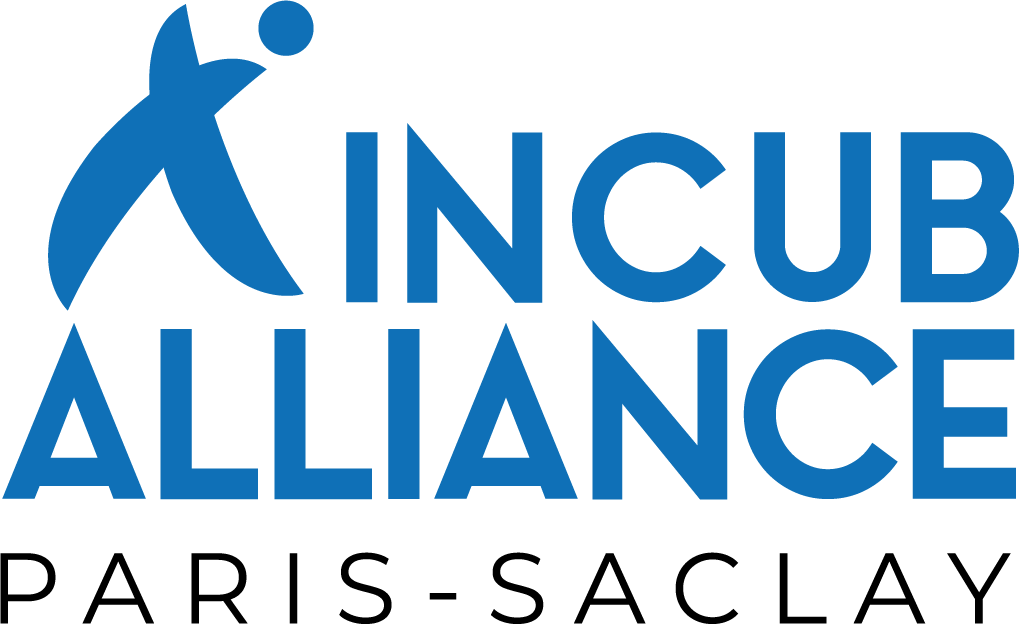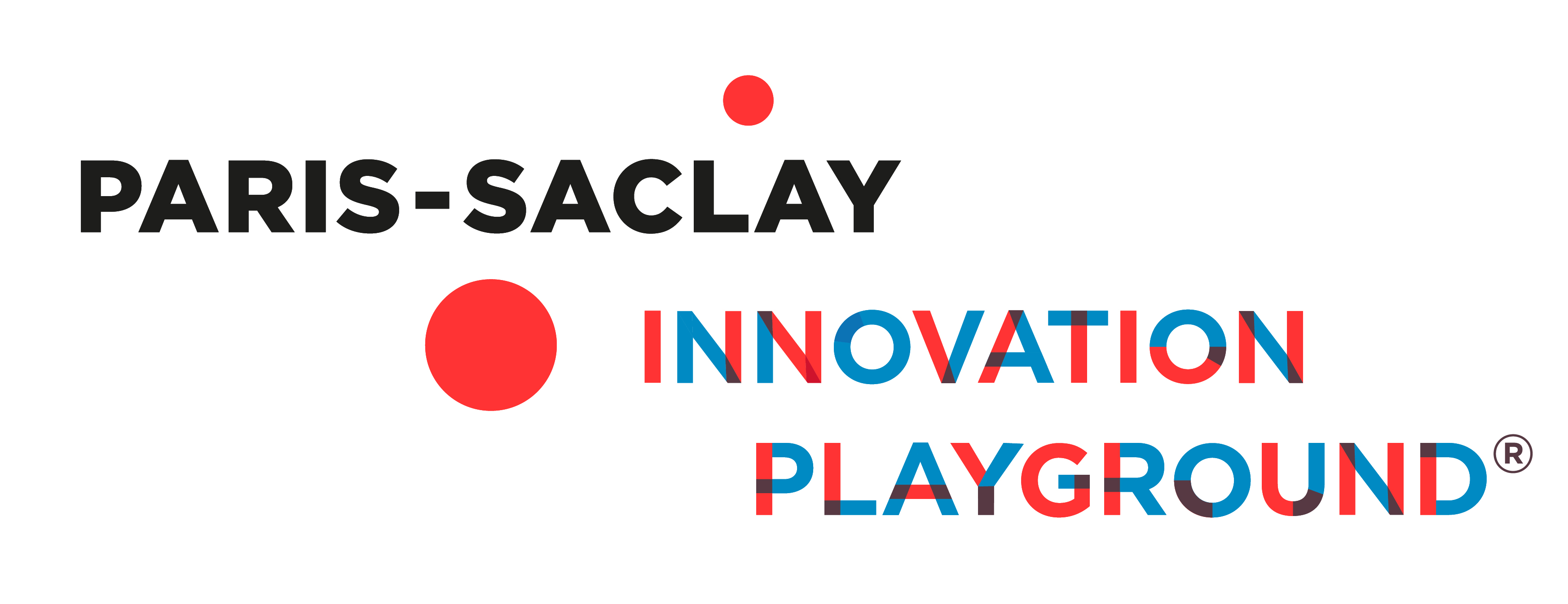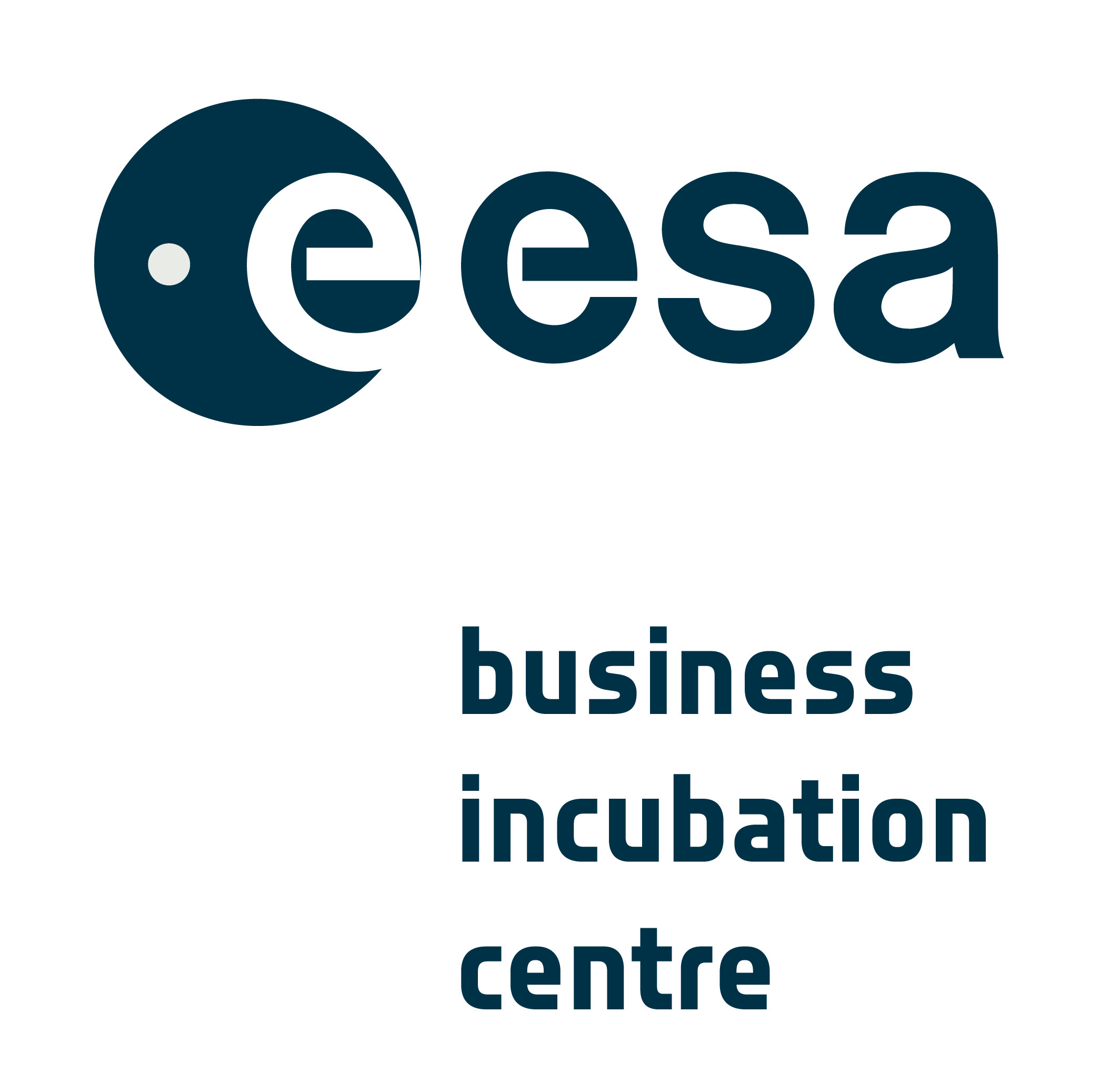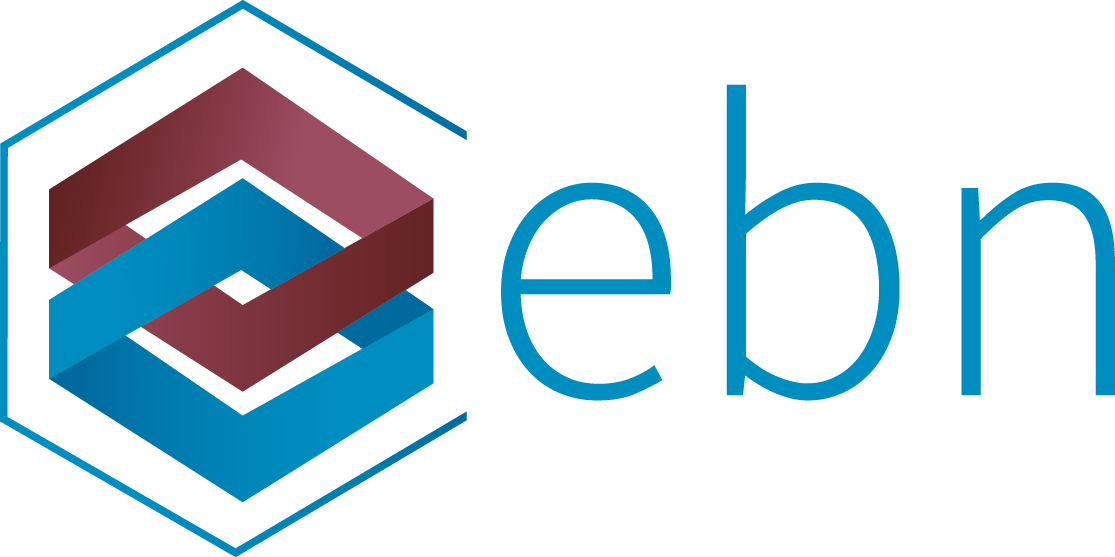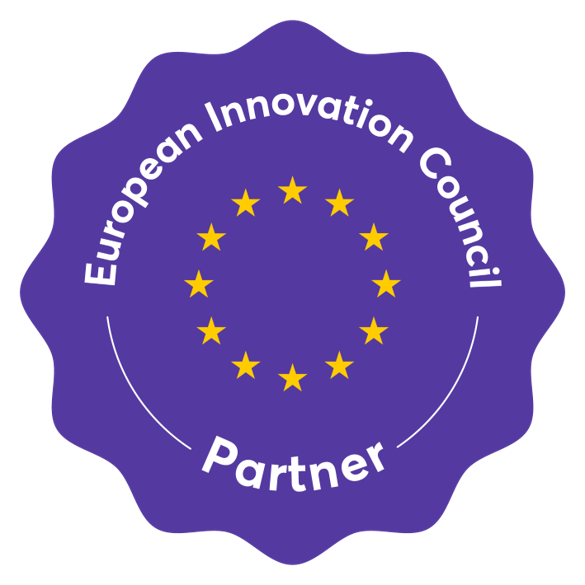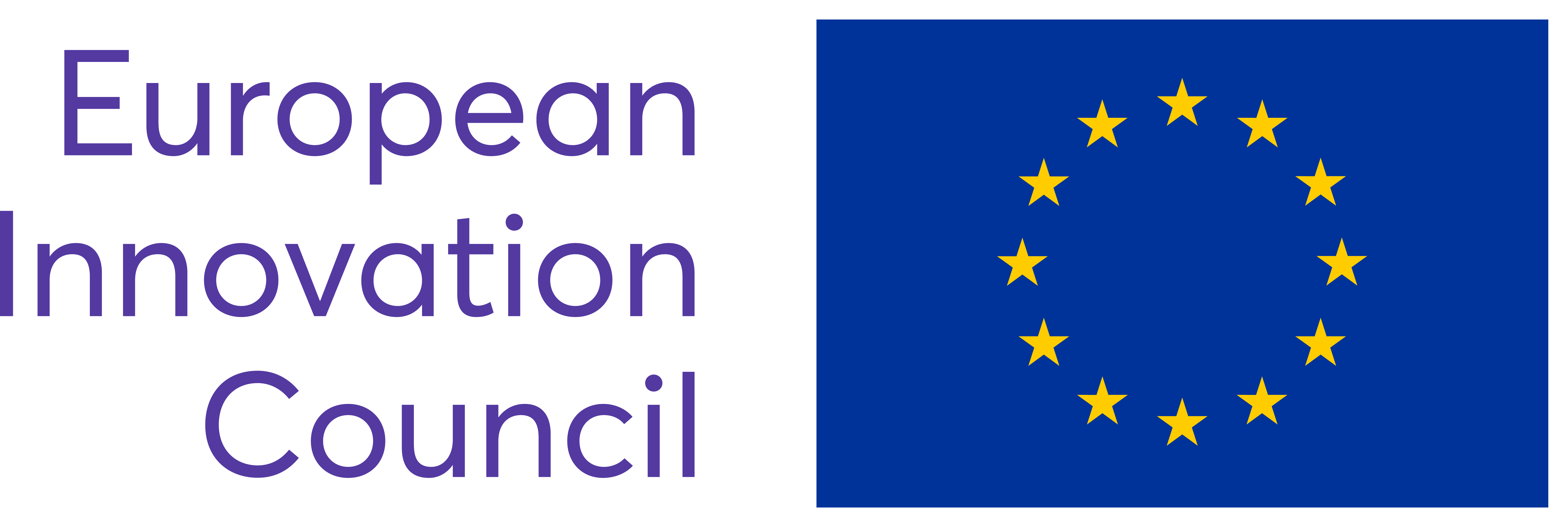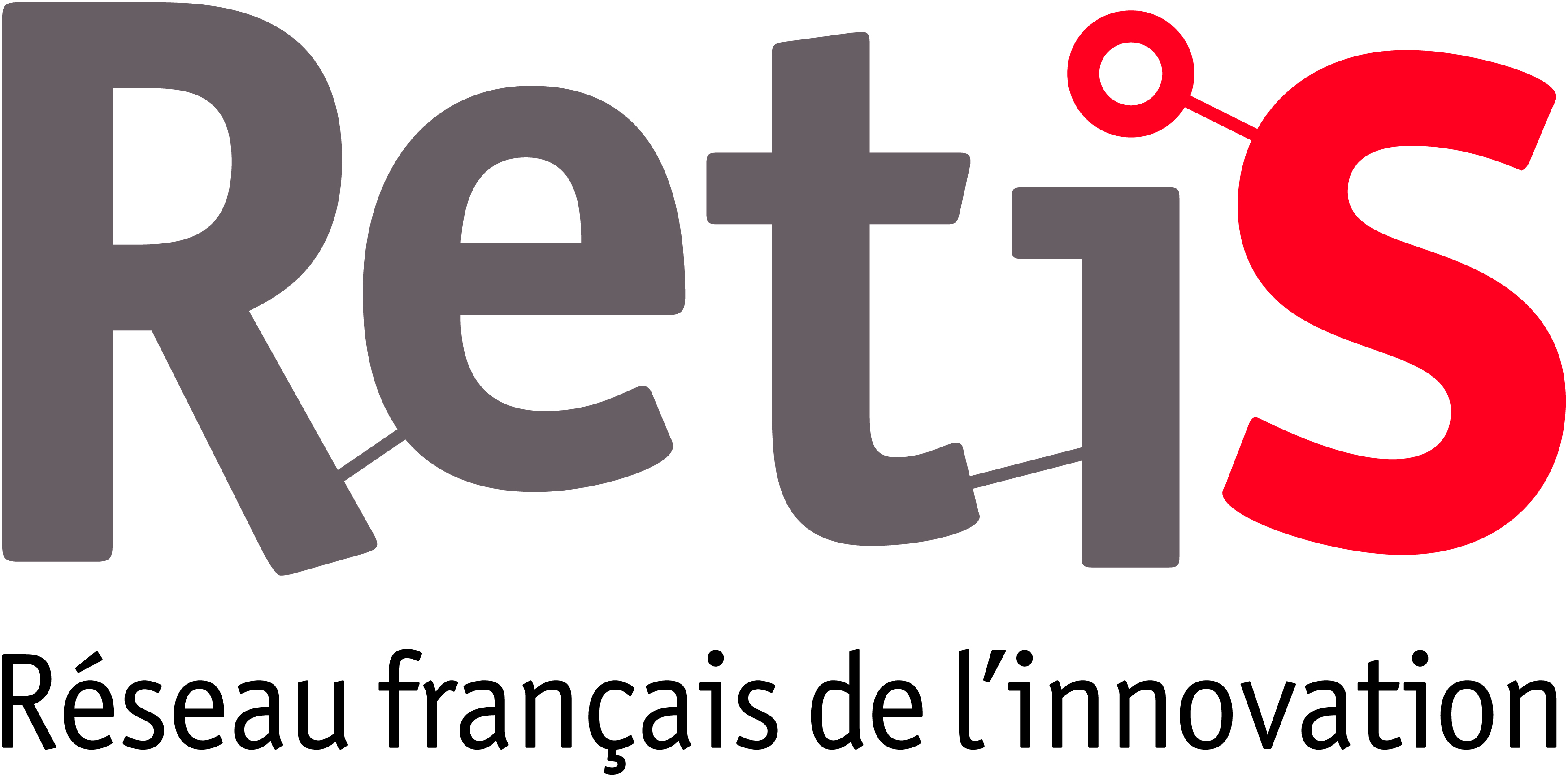Start-up: The proof-of-concept or the art of 3 Cushion Billiards
IncubAlliance Article for "L'Usine Digitale", July 7tht, 2020 : https://www.usine-digitale.fr/article/tribune-start-up-tech-on-finit-par-passer-a-cote-de-l-essentiel.N981586
The proof-of-concept makes up one of the of key factors in the success or failure of a project. What are the traps to avoid? How can you optimize your chances of hitting a homerun with a proof-of-concept? The answer from Frédéric Capmas, Executive Product Development Manager at IncubAlliance.
A vital step in a start-up’s launch phase is to provide a proof-of-concept capable of garnering support from investors or partners – creating a proof-of-concept is one of the key factors in the success or failure of a project.
The proof-of-concept, a small cog in a large machine
It is impossible to achieve your proof-of-concept (POC) without planning for the future. An innovative project necessarily follows a schedule which synchronizes the steps required to convert the initial idea into a product or service mature enough to be compatible with the market.
Yet, overcoming each of these steps implies an investment that needs to be rationalized to “derisk” the project. On the other hand, at the beginning of a project, you do not necessarily have the required resources nor an adequate knowledge of the market. And it is often within this context that you are called upon to create your first POC.
This undertaking is therefore both a risk – as resources must be invested – and an opportunity – as the POC exists to convince stakeholders to furnish funds for the next stage. And you still must identify who to convince and why! Preparing your POC means being able to successfully balance this fine-tuned combination of an investment with minimal resources, all the while managing to convince your future allies to help you advance. In essence, it is like a game of 3 Cushion Billiards! This tuning is not intuitive and requires a lot of intellect.
Characteristics of a project lead
First and foremost, the project lead must be able to break out of the inventor’s realm to undertake the charge of convincing others. In other words, the goal is not to prove to yourself that what you want to offer is possible, but rather to demonstrate you are capable of progressing toward a developed product and possibly even taking part in the manufacturing process.
Let us take for example: a start-up working on biomechanical sensors capable of quantifying muscular fatigue. This innovation may interest the smart-clothing industry if and only if this technology can be miniaturized. If tomorrow, this start-up had to create a POC to convince smart-clothing industry actors, it should absolutely demonstrate that there is no barrier to miniaturization. With this potential roadblock out of the way, the post-demo discussion can focus on the partnerships to set up in order to progress rather than possible obstacles down the road.
Obviously, this change in perception by the audience is possible if the demo is accompanied by effective storytelling testifying the start-up’s capacity to visualize a goal and to evolve in a dynamic, demanding field. This agility, this mobility in the face of the unknown, is a decisive factor in a POC’s success, but one which unfortunately is not always grasped by start-uppers.
However, putting the use cases at the core of the project and considering the market is counterintuitive for this kind of person. A researcher has always been surrounded by a culture of excellence. Yet then, when creating his POC, he is asked to be renounce perfection for the sake of efficiency, to accept an imperfect result but one which is expected, first by the audience to be convinced and then by the end user. Not so simple then, for a researcher-turnedentrepreneur, unfamiliar with these challenges, to take the plunge head-first into the deep-end of the market. This transition in perspective and attitude plays an important role when the POC is created.
Progressing and eventually pivoting
The constant factor in all innovative projects is the propulsion into the unknown, each project lead must visualize their entrepreneurial adventure as a navigator envisions his new route: with a starting point – the idea— and a destination – the transformation into a mature product or service ready to go on the market — and between these two points there are many uncertainties, barriers, and obstacles to overcome.
And even as a navigator simply relies on his course and the weather forecast to plot the best possible route, the entrepreneur simply relies on his final objective and his POC to advance, eventually to pivot, to try a new route, but never to stay stagnant. At the helm, the entrepreneur must be agile and to know how to pilot the different motors of his project to arrive in a safe harbor the fastest possible, ideally before the others!
Frédéric Capmas, Executive Product Development Manager at IncubAlliance.
The expert opinions are published under the full responsibility of their authors and the editors of L’Usine Digitale accept no responsibility.
